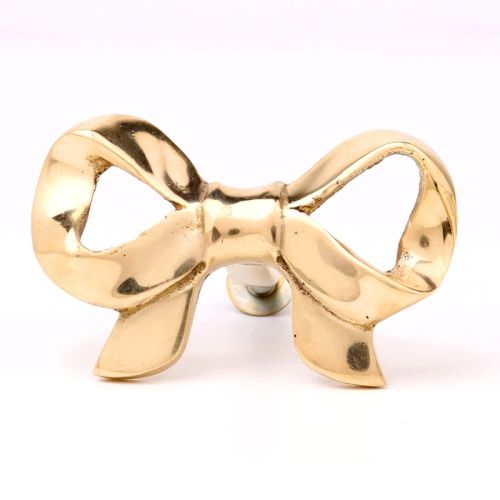-
Painting depicting regal entertainment of the emperor with the women of their court 4...
- ₹ 18,500.00
- 1 In Stock
-
Mughal Painting Of Emperor Akbar Passing the Crown from Jahangir to Shah Jahan
- ₹ 17,900.00
- 1 In Stock
General Understanding of Mughal Paintings
A Mughal painting is a testament to vision. Born from the confluence of Persian finesse and Indian soul, it’s a miniature world unfolding on a wasli page. Often mistaken for royal propaganda, it is, in truth, a breathing manuscript where courtly grace, personal sorrow, mystical inquiry, and imperial might coexist. These paintings don’t just illustrate. They illuminate. From Babur’s marches to Jahangir’s falcon gazes, from Hamzanama tales to scenes of love and longing, every inch is whispering. They are memoirs in pigment, where gestures are prose and landscapes are verse, shimmering with refined intellect and emotional sediment.
What Emotions Or Themes Do Mughal Paintings Commonly Portray?
Mughal paintings unfurl a wide emotional lexicon. A lion hunt doesn’t just roar with power. It pulses with calculated authority. A moonlit terrace scene doesn’t merely suggest romance. It hums with poetic isolation. Even the darbar, so structured and regal, carries layers of silent rivalry, piety, and pride. These paintings blur the lines between historical chronicle and emotional autobiography. You’ll see themes of conquest and courtship, ascension and downfall, nature as serenity and symbolism, and gardens that reflect both paradise and statecraft. Mughal artists orchestrated emotion through posture, palette, and space, encoding quiet dramas inside imperial visual grammar. Silence becomes narrative.
What Are The Most Recognized Styles In Mughal Painting?
Mughal paintings breathe through hybrid brushwork. Persian miniature elegance meets Indian realism. Every leaf rendered with botanical truth, every face a study in character and caste. One recognizes the crisp linearity and layered compositions from Persian traditions, yet the dusty warmth of Hindustan bleeds into the color palette. Burnt siennas, indigos, turmeric yellows. The realism, especially under Jahangir and Shah Jahan, matures into portraiture that feels intimate, with veins visible in limbs and shadows cascading from turbans. Some are lyrical like illustrated fables. Others sharp like court decrees. There is always ornament, but never at the cost of narrative density.
Why Are Mughal Paintings Still Revered In The Contemporary Art World?
Mughal paintings endure because they do not merely represent. They reveal. They remind us of the mastery of a hand that drew every pearl, every eyelash, with devotion that borders on meditation. But more than technical brilliance, it’s the cultural resonance that keeps them alive. They are visual treaties of an empire bridging Hindu, Muslim, Persian, and Central Asian influences. They are rare artifacts of secular confluence in a spiritual and political age. To contemporary eyes, they offer not just beauty, but legacy. Echoes of an era when politics was painted, when love wore robes of gold, and when art was silent diplomacy.
Techniques, Mediums and Artistic Tools for Mughal Paintings
Traditionally, Mughal artists worked in ateliers known as karkhanas, under imperial patronage. Seated cross-legged for hours, sometimes months, they labored on wasli sheets using squirrel-hair brushes, composing miniature canvases of myth, empire, and divine geography. Each figure, often less than a thumbprint wide, was outlined with precision using siyahi before layers of pigment were applied. Shading was built through fine hatching. Textures emerged by layering transparent washes. The final step often involved burnishing, polishing the painting with agate stones to fuse pigment into the paper’s grain, giving it a jewel-like finish. It wasn’t creation. It was consecration.
What Painting Mediums Were Commonly Used In The Mughal Era?
Mughal painters worked with an alchemist’s patience. Pigments were extracted from lapis lazuli for blues, cinnabar for reds, and malachite for greens, mixed with gum arabic and applied as gouache, opaque yet layered with light. Gold and silver leaf added divine shimmer to halos and thrones. Crushed pearls and rose petals were sometimes ground to make colors bloom with authenticity. Even soot was transformed into velvety blacks. These natural dyes, bound by hand and soul, aged with a grace synthetic colors never could. Each hue was a meditation on nature’s generosity and empire’s appetite for permanence.
What Role Did Wasli Paper, Ivory, Or Silk Play In Mughal Art?
The surface in Mughal painting was never passive. It was collaborator and conspirator. Wasli paper, made by glueing several thin sheets together, gave the painting its firmness and texture. Artists would often dye the base with tea or saffron to create warm undertones. Sometimes, ivory or silk was used for special commissions, their grain dictating brush behavior. Ivory provided a lustrous stage for the drama of detail. Silk offered fluidity but demanded absolute control. The very texture of the base shaped the emotion. A soft grain inviting melancholy, a rigid one amplifying grandeur. The canvas whispered before the brush ever spoke.
Artistic Intent and Visual Storytelling of Mughal Paintings
Mughal paintings are not passive aesthetics. They are visual manuscripts layered in semiotics. They aimed to immortalize lineage, project divine legitimacy, and archive culture. A darbar scene wasn’t just protocol. It was political theatre. A portrait of an emperor with a halo or a falcon wasn’t vanity. It was coded authority. Court life, Sufi spirituality, Persian poetry, Hindu epics, and nature were all told with equal reverence. These were not merely stories. They were myths curated to shape collective memory. Symbol, scale, and space converged to script a dynasty’s image not just for its time, but for centuries hence.
How Did Artists Express Political, Spiritual, Or Cultural Symbols Through Mughal Art?
Symbolism in Mughal art wasn’t decorative. It was dialectical. A falcon signaled sovereignty, focus, and divine right. A chinar tree indicated paradise lost or eternal shelter. Lotus motifs, while rooted in Indic iconography, were recontextualized to denote rebirth, political diplomacy, or beauty unsullied by context. Even the positioning of a figure in a miniature held code. Above eye level suggested transcendence, face-on meant confrontation. Backgrounds, gardens, rivers, thresholds, weren’t fillers. They were states of mind. Every element was an allegorical cipher. The Mughal artist didn’t just paint scenes. They staged silent negotiations between faith, politics, and poetic resonance.
How Do Light, Shadow, And Color Palettes Influence The Mood Of Mughal Paintings?
Light in Mughal painting is not a tool. It’s a temperament. Scenes often glow with a golden hue, invoking an eternal dusk, the hour of hush, where decisions are made, lovers wait, and poets reflect. Shadows are delicate, not realistic, used sparingly to emphasize hierarchy or mood. The color palette is deeply symbolic. Vermilion for vitality and marriage, sapphire blues for spiritual longing, pale greens for peace or paradise. Light often spills across a scene not logically, but narratively, guiding the eye to focal characters or emotions. It is theatrical, poetic, and architectural, designing both mood and meaning in the same stroke.
Purchase, Collection & Investment of Mughal Paintings
Mughal paintings aren’t just artifacts; they are echoes. To own one is to hold silence, splendor, and sovereignty. The delicate strokes that once graced imperial ateliers now lie tucked behind silk curtains or inside collectors’ vaults. These paintings speak not just through pigments but through pauses, the space between brush and breath. They are not always hung, they are hosted. Collecting one is like gathering rainfall in your palms: an act of reverence, a pause in time. These visuals are inheritance and intimacy both, personal stories draped in courtly grandeur, still whispering under layers of gouache and gold.
Where Can You Buy Authentic Or Reproduction Mughal Paintings?
Authentic Mughal paintings dwell in rare corners, antique shops in Delhi’s old quarters, hidden amidst spice-laden lanes of Chandni Chowk or Jaipur’s Johari Bazaar or at IndianShelf. They wait behind crumbling pages and glass cases. High-end auctions like Sotheby’s or Christie’s might resound with their legacy, but often, their soul lies with artisans, painters from Rajasthan who still grind natural pigments by hand. Reproductions too, if finely crafted, can echo the original aura, especially when the artist follows traditional wash techniques. A discerning eye doesn’t just seek rarity; it searches for spirit. These treasures are rarely loud. They hum. And if you listen, really listen, they will guide you.
How Can You Verify The Authenticity Of A Mughal Painting?
Authenticity lies in the breath between brushstrokes. Mughal miniatures have a lyrical precision, the tilt of an eyebrow, the gold filigree dancing along a border, the exactitude of flora on a robe. The wasli paper, often aged and layered with sutha, has a weight, a whispery thickness that carries time. The pigment’s depth and the fineness of squirrel-hair brushwork say more than certificates. Provenance helps, yes, a chain of hands traced through ledgers, but the true test is sensory. Smell the paper. Feel the texture. Study the detailing of the iris, the fading in the sky. Originals sing; forgeries hum flat.
What Makes A Mughal Painting A Worthwhile Investment?
It isn’t just gold leaf or signed margins, it’s the mythology. A Mughal painting holds imperial silence, political subtext, spiritual cadence. As investments, they accrue not just monetary value but historical density. Paintings from Akbar’s or Jahangir’s atelier fetch crores, but even unsigned works can mature in worth if they preserve thematic purity, hunt scenes, durbar portraits, or Hamzanama panels. Rarity matters, yes. But so does emotion. A painting that moves someone, a collector, a historian, a museum, gains life again. Love elevates value. A Mughal miniature is not just visual wealth; it’s temporal weight stitched in pigment and paper.
Care, Framing & Preservation of Mughal Paintings
To preserve a Mughal painting is to preserve breath. These aren’t just visuals but visions, each pigment a fossil of thought. Time is both friend and enemy. Light burns. Humidity warps. So, like aging royalty, these artworks need stillness, controlled air, muted sun, and silk-wrapped silence. Restoration must be restraint, not rewrite. And framing? It’s not decoration, it’s dialogue. The frame should whisper, never compete. Archival mounts, acid-free backing, and low-UV glass become essential armor for these fragile monarchs of art. Protect them not just from decay, but from distraction. Let them rule walls like they once ruled hearts.
How Do You Properly Store And Maintain A Mughal Painting?
Mughal paintings must be treated like heirlooms of air and light. Store them in cool, dry spaces away from direct sunlight, moisture, and dust. Use archival-grade materials, acid-free paper, museum-grade boxes. Keep them flat, never rolled. If framed, employ UV-protective glass and ensure there's enough space between the painting and glass to prevent condensation. Humidity is a silent saboteur; regulate it with silica gel or dehumidifiers. Inspect periodically. A true guardian listens to subtle shifts, the curling of corners, pigment bloom, or fungal specks. Don’t just preserve the visual, preserve the silence, the solemnity. They once lived in palaces. Let them still breathe royalty.
What Frames And Materials Best Complement The Mughal Aesthetic?
The right frame doesn't overpower, it mirrors. Gilded wood with subtle floral motifs, echoing Mughal arches, can add regal continuity. Handmade silk mats, dyed in muted saffron or indigo, offer a nod to imperial tents and textiles. Brass embellishments, jaali patterns, delicately introduced, can enhance without distraction. Yet minimalism has merit too. Float-framing a miniature against a neutral backdrop lets it breathe, letting the details speak unchallenged. Avoid glossy finishes. Choose matte wood or antique finishes. The painting is already ornate, your job is to hold it, not dress it. Let the art remain sovereign. The frame is but the darbar around it.
Can Old Paintings Be Restored Without Losing Their Original Feel?
Restoration should be a whisper, not a rewrite. Trained conservators use reversible materials, Japanese paper, wheat starch paste, and conservation-grade adhesives, to mend tears or fill losses. Pigment infill must be restrained, only where necessary, using traditional mineral pigments. The goal is to stabilize, not beautify. Every crack is a wrinkle of age, every fade a sigh of time. A heavy hand kills memory. Restoration done right brings dignity, not disguise. Always document the process, photograph, annotate, preserve the before. A Mughal painting isn’t a canvas, it’s a manuscript. To restore it is to read between centuries. With care. With awe.
What Are Common Damages Mughal Paintings Suffer Over Time?
Humidity can cause wasli paper to bubble, mold, or warp. Pigments, especially natural dyes, may fade with UV exposure, reds bleeding into rust, blues disappearing like fog. Insects feast on the organic glue. Improper storage leads to foxing, those brown age spots that tattoo memory. Frames without acid-free mats cause yellowing. But some of this isn’t damage, it’s character. Not all fading is loss; sometimes it’s evolution. Still, conservation must intervene when decay drowns detail. Use humidity controls, anti-fungal treatments, and gentle dusting tools. Think like a court eunuch in Akbar’s harem, precise, loyal, invisible. Your job is not to add beauty, but to defend it.
Home Decor, Styling & Mood Setting With Mughal Paintings
A Mughal painting is not just wall decor, it’s a temperament. It brings silence, sophistication, and stillness. The miniature's poise tempers chaos; its palette, burnished golds, faded scarlets, deep greens, grounds a room. Hung right, it becomes the room’s anchor. Even a hallway becomes a durbar. They suit homes that listen, spaces that echo history. They don’t scream; they shimmer. Their presence changes mood, reverence seeps in, as if a sherbet-scented evening has entered. They create a hush, an imperial hush, in even the noisiest homes. They teach us to admire, not just look.
How Can Mughal Paintings Influence A Room’s Ambience Or Tone?
Mughal paintings invoke stillness, the kind that hushes a room. Their intricate details demand attention and contemplation. Place a miniature in a living room, and suddenly the space breathes slower. The room adopts its rhythm, elegant, layered, patient. In hallways, they act as visual pauses, meditative interludes between busy zones. In studies, they inspire gravitas, royal portraits command reflection; poetic florals soften sharp thoughts. The color tones, earthy reds, lapis blues, muted golds, warm up cold walls and add intellectual charm. A Mughal painting doesn’t just decorate. It dialogues. And in doing so, it transforms a room into an emotion.
What Interior Styles Pair Well With Mughal Artwork?
Mughal art is surprisingly versatile. In minimalist interiors, it serves as a jewel, one exquisite focal point amidst muted tones. Its intricate detail blooms on neutral walls, beige, slate, ivory. Traditional interiors, Rajput, Colonial, or even Art Deco, create seamless harmony with its grandeur. Pairing with dark wood furniture, brass accents, and silk drapes enhances its lineage. But even modern spaces can absorb its soul. The contrast between clean lines and ornate visuals creates balance. It’s not about matching, it’s about honoring. Let the painting remain the emperor, the rest of the room is merely its courtiers.
How Do You Choose The Right Mughal Painting For A Living Room, Hallway, Or Study?
Each room craves a different dialogue. A living room may welcome a durbar scene or royal procession, something that narrates power and poise. A hallway suits architectural miniatures, arches, gardens, gates. The study demands intimacy, portraits of scholars, lovers, or botanicals painted with quietude. Bedrooms glow with floral patterns, love stories, or Sufi allegories. Let subject guide selection, mood mirrors theme. Size matters too, a large painting overwhelms a study, but anchors a living space. Always consider lighting and frame, both should amplify, not distract. Choose not with eyes, but instinct. Let the room speak. The painting will reply.
Cultural Impact & Historical Legacy of Mughal Paintings
Mughal paintings aren’t just relics; they are poetic testimonies. Each folio, delicate and dense, held the scent of a court, a whisper of the bazaar, or the rustle of a garden. They weren’t merely visual records but lyrical annotations of empire, devotion, and diplomacy. They transcended brush and color, capturing politics, poetry, and Persianate aesthetics with Indian craftsmanship. Their cultural imprint seeped into textiles, architecture, and even literary metaphor. With each layered miniature, Mughal art didn’t only illustrate, it translated a moment into permanence. These paintings offered more than beauty; they offered a codified language of power, elegance, and sacred leisure across generations.
What Is The Historical Significance Of Mughal Paintings Across Civilizations?
Mughal paintings are a confluence, civilizational bridges etched in brush and burnished in silence. They reflect a visual language that threaded Persian refinement, Indian intimacy, and Central Asian boldness. As documents, they did not just record emperors and epics; they archived the ethos of an entire courtly rhythm, the flora of Kashmir, the faces of courtiers, the aura of celestial hunts. They served both as historical documentation and as spiritual relics, offering clues not only about events but about emotional climates. Perhaps they speak to us still because they weren’t simply seen, they were meant to be read. Their silence is filled with pauses, intentions, and breath. And in that, they transcend eras, not because they age, but because they carry timelessness as pigment.
How Did Different Cultures Contribute To The World Of Mughal Painting?
Mughal painting is a woven tapestry, threaded with Persian draftsmanship, Indian iconography, and Central Asian vastness. Persian finesse provided its compositional spine, the intricate geometry, the poetic margins, the fluid calligraphy. India lent it its soul, the earth-toned palette, the tactile realism of local fauna and people, and the mythic undertones. Central Asia added grandeur, the scale of hunt scenes, the vigor of movement. Even European prints, quietly entering through trade, offered tonal gradients and perspective tricks. One can trace cobalt back to Persia, lapis lazuli to Badakhshan, or ochres to the Indian plains. Every gesture, every shade, is a fusion. It is not a melting pot, it is a mosaic. And that mosaic speaks in a singular voice.
Which Artists Shaped The Evolution Of Mughal Art Movements?
Basawan, Daswanth, and Ustad Mansur were more than artisans, they were visual philosophers. Basawan broke conventions, turning portraiture into something inwardly lit, emotive and dimensional. Daswanth infused narrative with energy, animating folios like a bard with a brush. And Ustad Mansur, the master of fauna, rendered birds and beasts not as specimens but as sentient beings, almost divine in their stillness. These were men who reimagined what painting could contain, how silence could narrate. Their visions continue in echoes, in local schools, anonymous hands in miniature ateliers, and even in Jaipur's modern markets. Not as repetition, but as remembered cadence. They didn’t just paint, they authored a visual grammar that artisans still conjugate.
Mughal Paintings vs Other Art Forms
How Are Mughal Paintings Different From Modern Abstract Or Minimalist Art?
Mughal paintings are ornate scripts; abstract and minimalist art are often distilled meditations. Where one leans into density, of detail, symbolism, narrative, the other revels in sparseness, ambiguity, pause. Yet, both seek the same transcendence. Mughal art layers allegory; minimalist art strips away distraction. In a way, Mughal miniatures are lyrical essays, while abstract works might be haikus. Can they coexist? Absolutely. The intensity of a Mughal folio doesn’t contradict the quiet tension of a Rothko, it complements it. They’re just different breaths, one held long in chant, the other exhaled like a sigh. Both meditations. Just in differing rhythms.
What Sets Mughal Paintings Apart From Digital Art Or Prints?
Digital art, though powerful, often lacks the imperfection that gives breath to traditional painting. A Mughal miniature carries the trace of hesitation, the twitch of a wrist, the accidental asymmetry that feels human. It’s the handmade that creates intimacy, where each line was not rendered by code but by patience. Pixels may scale, but they rarely ache. A print can reproduce color but not the aura of layered wasli paper, the scent of organic pigments, or the texture of crushed gemstones. Mughal art wasn’t about replication, it was ritual. Each piece was a meditation, a quiet performance. And no Ctrl+Z can replace that.
How Do Mughal Watercolors Differ From Oil-Based Works Of Other Vintage Eras?
Mughal watercolors whisper where oil paintings thunder. Oil demands canvas, space, and drama, its pigments dense, its drying slow, its texture palpable. But Mughal watercolors, built layer by gossamer layer on wasli, invite intimacy. Their transparency allows for a subtler depth, light bleeds through color, making it luminous from within. While oil paints immortalize scale and gesture, watercolors in Mughal miniatures immortalize observation, a petal, an eyelash, a shadow. Their fragility is their strength, they’re not meant to last, but to be preserved with reverence. And in that quiet preservation, they endure. Whispering across centuries, where oils might demand a stage, they demand attention.
Emotional & Symbolic Value of Mughal Paintings
Mughal paintings are soft breaths of an era, pressed between brushstrokes and silence. Their miniature scale whispers intimacy, meant to be held close, studied like a lover's gaze. Each fold of fabric, each curve of architecture, carries the poetry of power, beauty, and transience. The symbolic world of the Mughal court, plumed birds, flowering gardens, shikar scenes, is not mere ornamentation, but metaphorical language. These paintings embody more than royal leisure; they render longing, ritual, and ancestry. A Mughal painting is emotional parchment, evidence of human touch, myth, and memory unfolding frame by frame.
Can Mughal Paintings Serve As Meaningful Gifts For Special Occasions?
Yes, gifting a Mughal painting is like handing over a fragment of an empire, pressed in color and silence. It’s a gesture that transcends materiality. Whether given during a wedding, housewarming, or personal milestone, such art carries a regal sanctity. Mughal paintings often feature themes of courtship, divine unions, or eternal gardens, all deeply symbolic motifs that reflect new beginnings, prosperity, and timeless beauty. The use of natural pigments like lapis lazuli or malachite gives them an earthy eternity. When unwrapped, they don’t just decorate a wall, they bring history into a living room, turn ceremony into sentiment. A Mughal painting gifted thoughtfully becomes a tactile prayer for continuity, anchoring a moment into generational memory.
What Emotional Value Do Inherited Or Family Mughal Paintings Hold?
Inherited Mughal paintings are more than heirlooms, they are echo chambers of time. They carry the musk of old trunks, the hush of ancestral homes, and the fingerprints of forgotten hands. Often framed with fading inscriptions or torn edges, these imperfections become texture, a visual map of a family’s quiet saga. Unlike modern art, their worth lies not in trend, but in temperature, the warmth of a grandfather’s study, the silence of rooms they once adorned. Paintings passed down speak in color, not words. They smell of old paper and rain. They’re portals that collapse generations. Every glance at them revives a scent, a sigh, or an unfinished story. In their frames lie the breath of continuity, not commerce.
Why Do People Feel A Deep Connection To Paintings From The Mughal Era?
Mughal paintings are deeply devotional, each blade of grass, every feathered plume rendered with meditative repetition. For many, these aren’t just images; they are emotional codes, stitched in rhythm and light. We connect because their miniature format demands closeness, almost intimacy. They feel like secret worlds. There’s nostalgia not just for an empire, but for forgotten craft, the slow, sacred labour of brush over wasli. Their storytelling is visual, yes, but also visceral. When modern life feels rootless, the symmetry and symbolism of Mughal art can feel like a tether, an emotional map of beauty, belonging, and spiritual geometry. We don’t just see them, we remember something through them.
Frequently Asked Questions (FAQs)
What Defines A Painting As Mughal?
Mughal paintings are defined by their intricate miniature style, where Indo-Persian influences meet Indian narratives. They feature meticulous brushwork using squirrel-hair brushes, flat perspective, jewel-toned natural pigments, and themes ranging from court portraits to mythological epics. Architectural elements like domes and chhatris serve as visual anchors, while floral borders and calligraphy add lyrical structure.
Can Mughal Paintings Be Recreated Authentically Today?
Yes, but only through discipline and devotion. Trained artists continue the legacy using handmade wasli paper, prepared by pasting and polishing layers of cotton-rag sheets, and apply natural pigments from minerals, plants, and shells. Techniques like siah-qalam (monochrome sketches) or pardakht (fine detailing) remain alive in workshops across Rajasthan and Kashmir. Authentic recreation isn’t imitation, it’s invocation.
How Do You Protect Mughal Artwork From Light And Moisture Damage?
Protection demands reverence. Always frame the artwork with UV-protected, museum-grade glass to avoid pigment fading. Avoid direct sunlight and store pieces in a climate-controlled environment, ideally around 20°C with 50% relative humidity. Never laminate. Avoid basements or areas prone to dampness. Archival backing and acid-free mounts preserve the longevity of both color and paper fibers.
Are Mughal Paintings Still Relevant In Modern Art Scenes?
Absolutely. Mughal aesthetics echo in fashion silhouettes, textile prints, album covers, film frames, and digital art. Their meticulous detailing and narrative capacity make them timeless visual blueprints. Designers and visual artists reinterpret Mughal grammar, like stylized flora, Indo-Islamic motifs, or poetic symmetry, into contemporary contexts. They’re not relics, they’re regenerative.
Can Mughal Art Styles Be Used In Contemporary Painting Practices?
Yes, and they often are. Contemporary artists adopt Mughal composition styles, layering them with modern themes, gender, ecology, memory. Some retain the miniature format, others scale it to murals. The disciplined layering, detailed surface work, and symbolic language of Mughal art provide a fertile grammar for modern experimentation. The form is ancient, but the voice evolves.
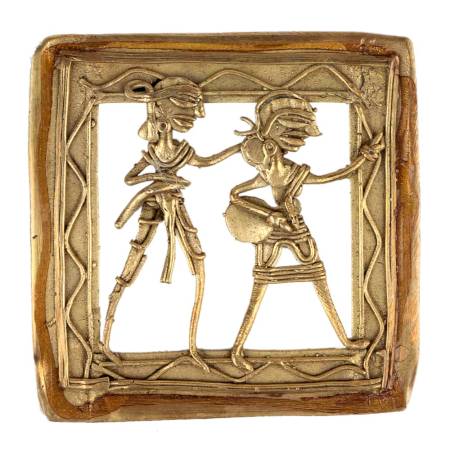
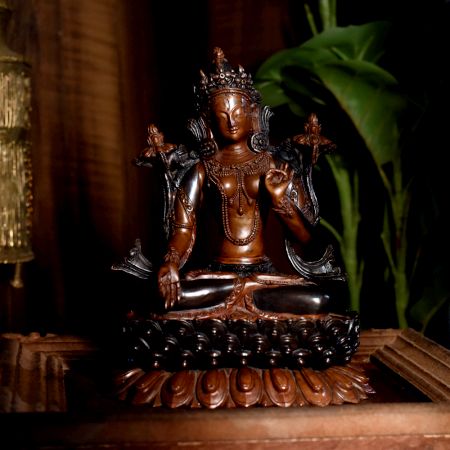
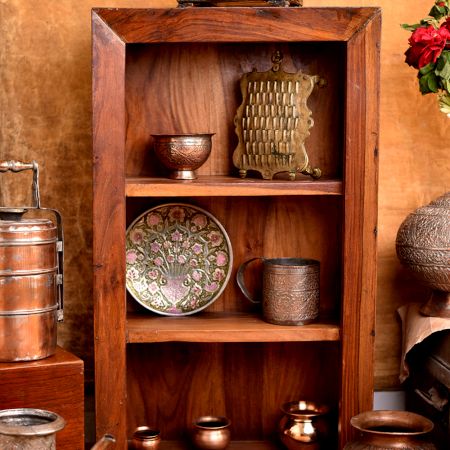
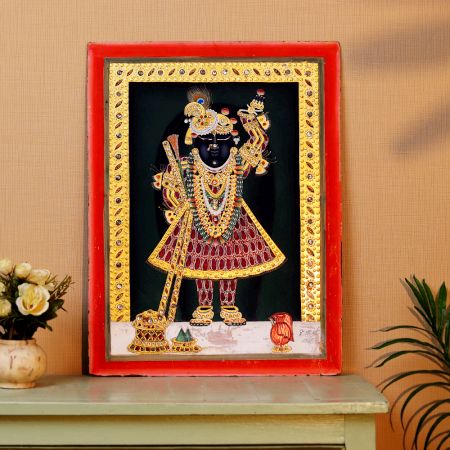
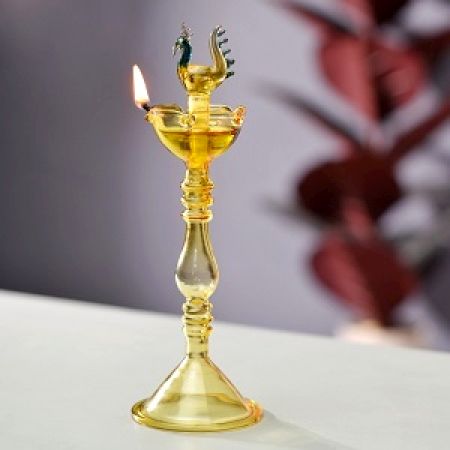

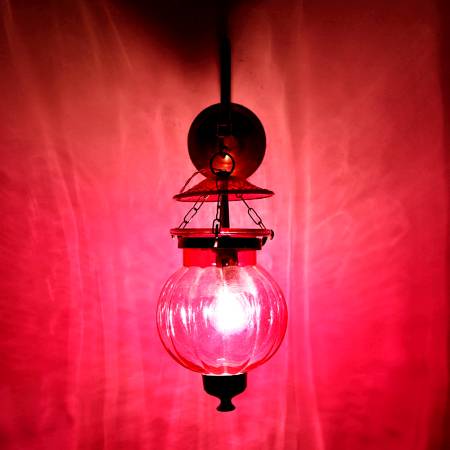

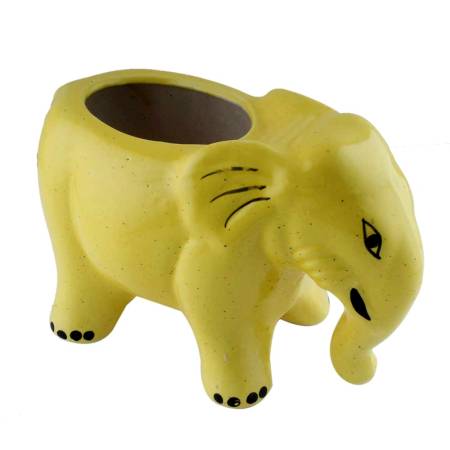
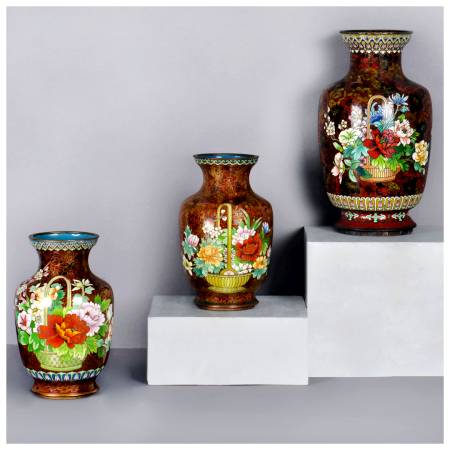
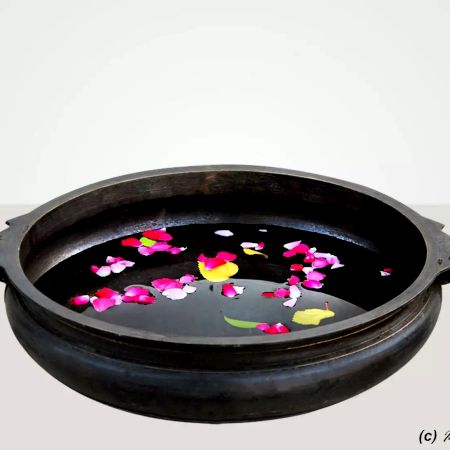
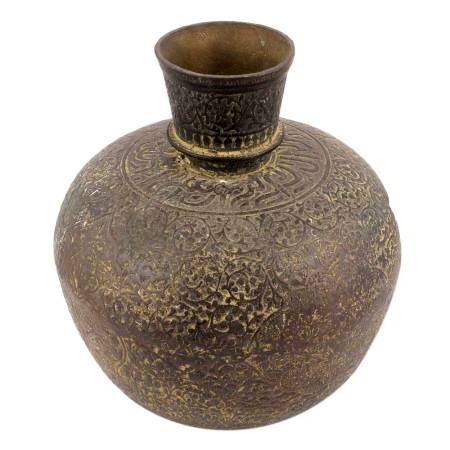
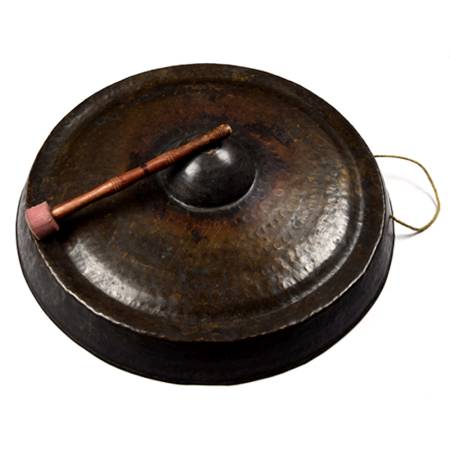
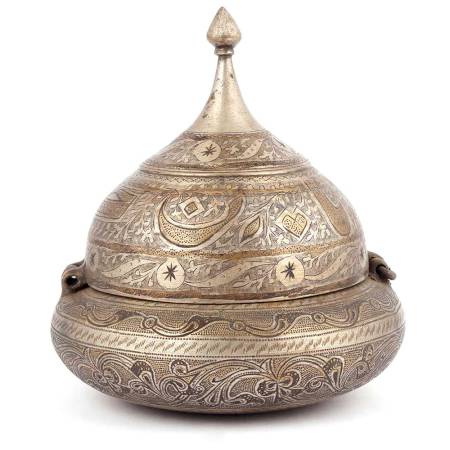

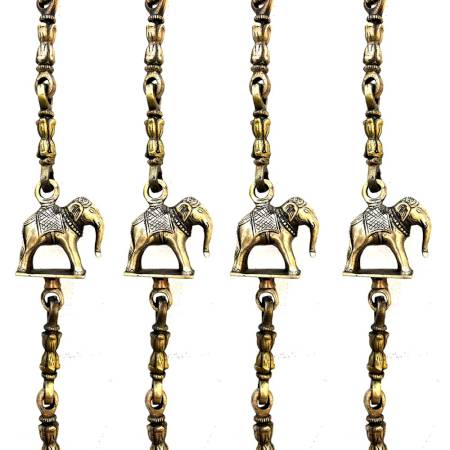
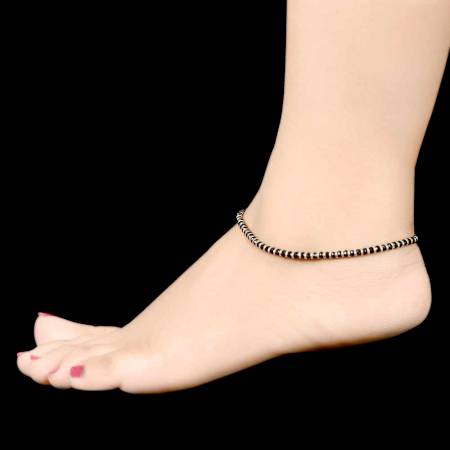
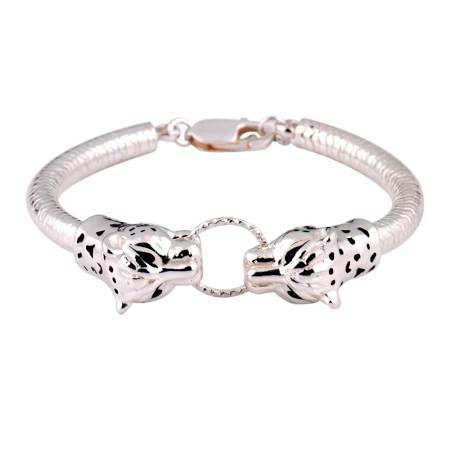
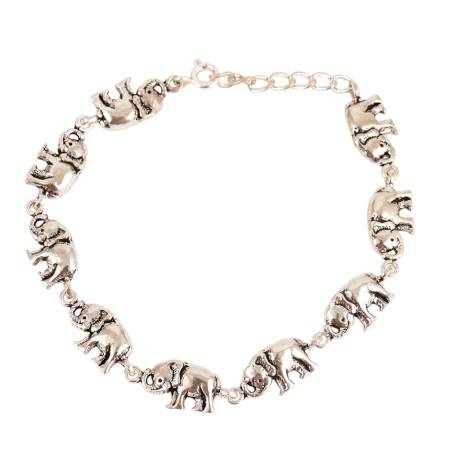
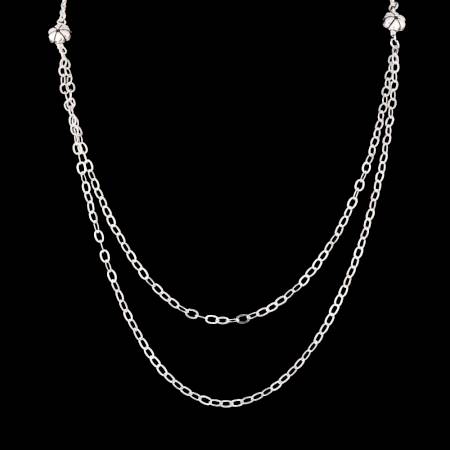

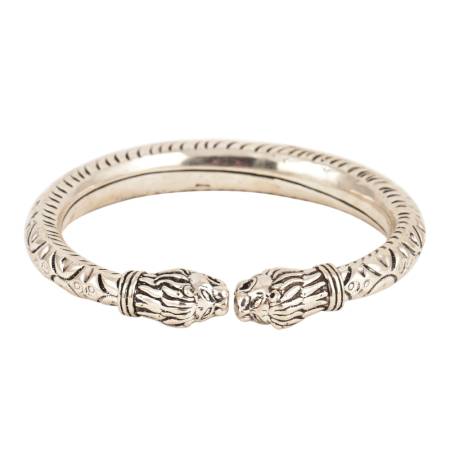
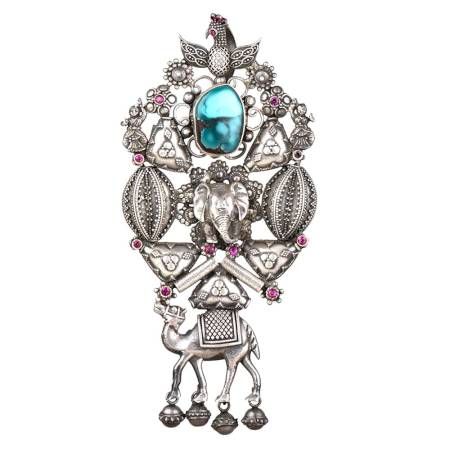
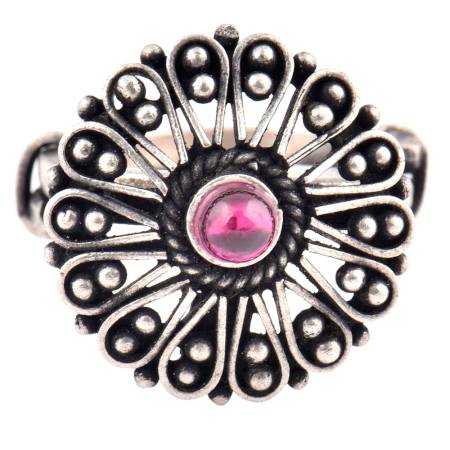
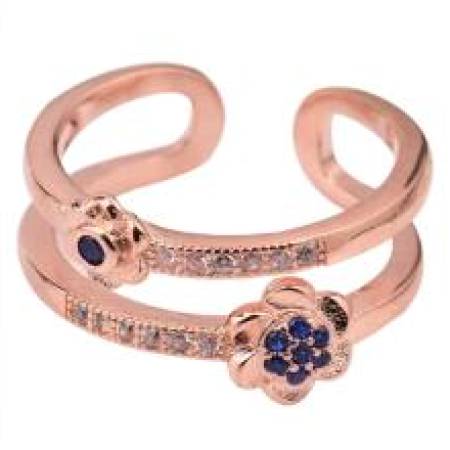
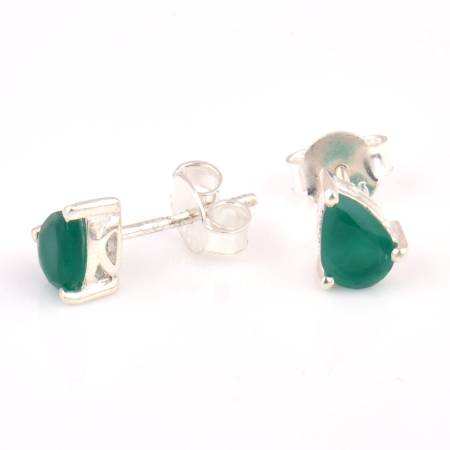

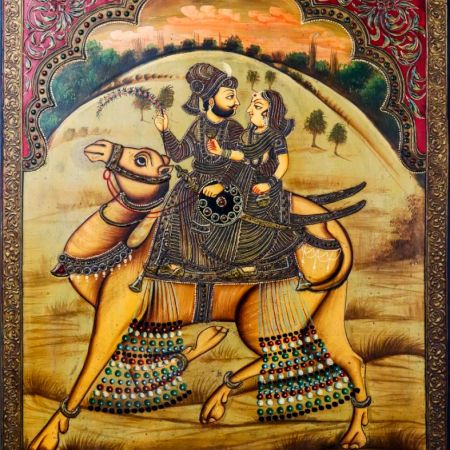
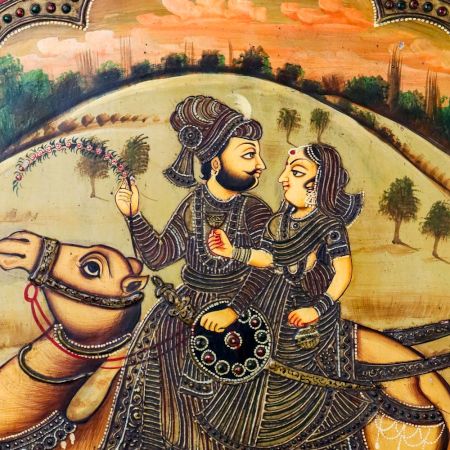
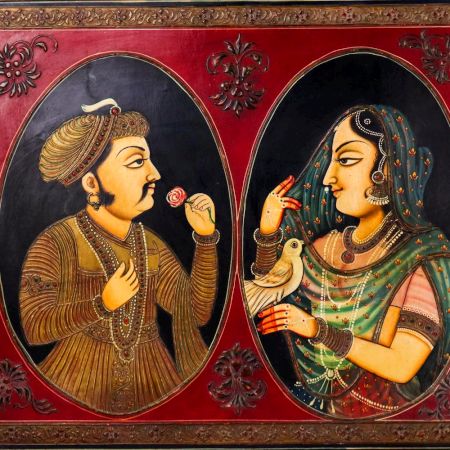
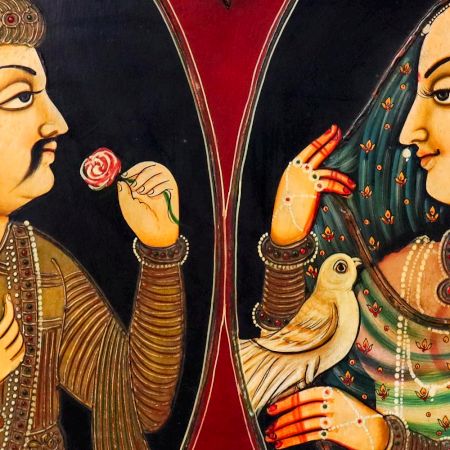
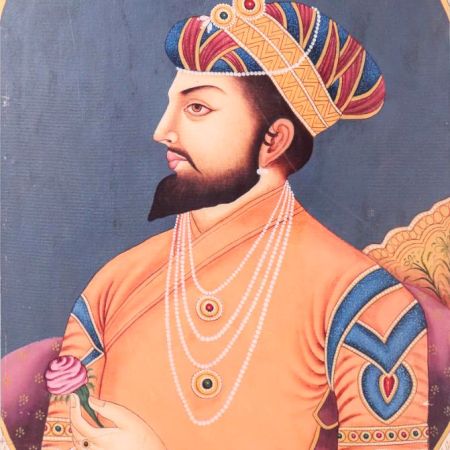
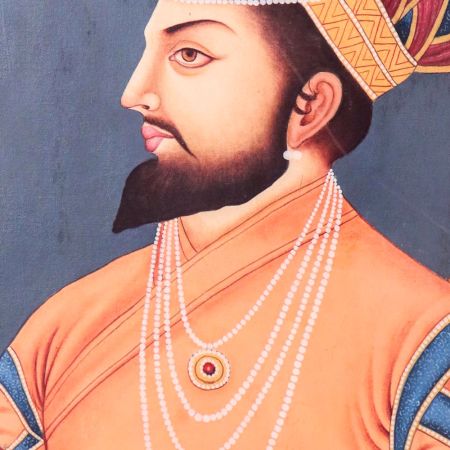
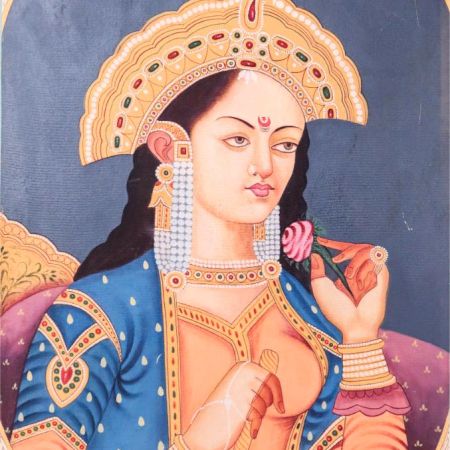
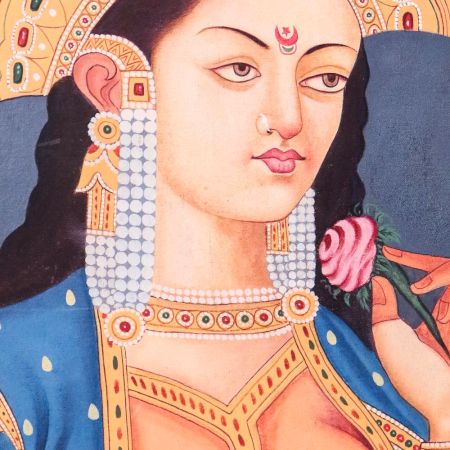
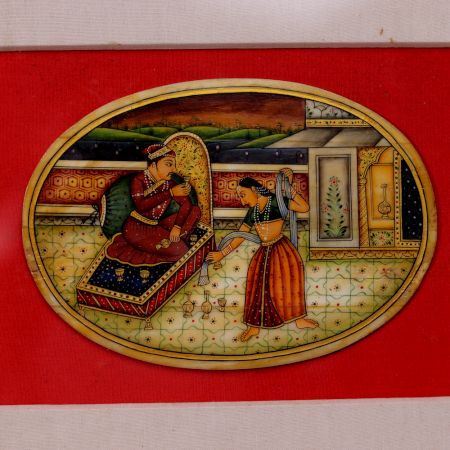
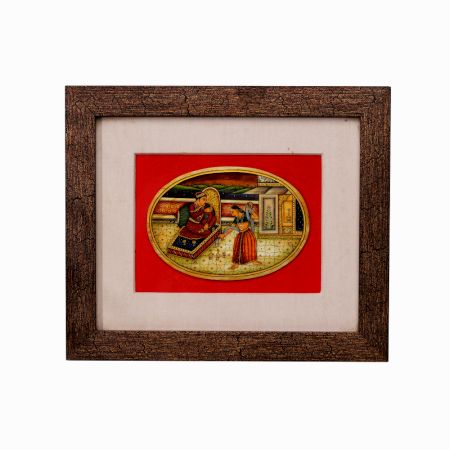
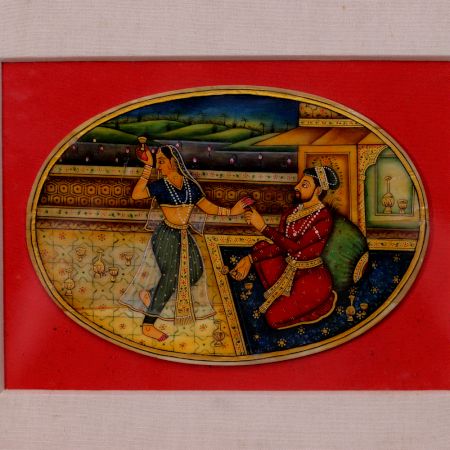
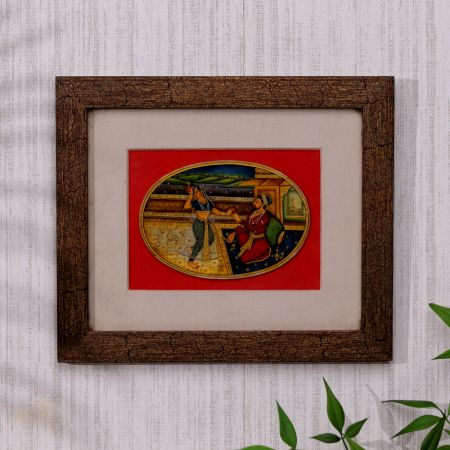




.JPG?ver=1.7)
.JPG?ver=1.7)
.jpg?ver=1.7)
.JPG?ver=1.7)
.jpg?ver=1.7)
.jpg?ver=1.7)
.jpg?ver=1.7)
.jpg?ver=1.7)
.jpg?ver=1.7)
.jpg?ver=1.7)
.jpg?ver=1.7)
.jpg?ver=1.7)
.jpg?ver=1.7)
.jpg?ver=1.7)
.jpg?ver=1.7)
.jpg?ver=1.7)
.jpg?ver=1.7)





.JPG?ver=1.7)
.JPG?ver=1.7)
.JPG?ver=1.7)
.JPG?ver=1.7)
.JPG?ver=1.7)
.JPG?ver=1.7)
.JPG?ver=1.7)
.JPG?ver=1.7)
.JPG?ver=1.7)
.JPG?ver=1.7)
.JPG?ver=1.7)
.JPG?ver=1.7)
.JPG?ver=1.7)
.JPG?ver=1.7)
.JPG?ver=1.7)
.JPG?ver=1.7)
.JPG?ver=1.7)
.JPG?ver=1.7)
.JPG?ver=1.7)
.JPG?ver=1.7)
.JPG?ver=1.7)
.JPG?ver=1.7)
.JPG?ver=1.7)
.JPG?ver=1.7)
.JPG?ver=1.7)
.JPG?ver=1.7)
.JPG?ver=1.7)
.JPG?ver=1.7)
.JPG?ver=1.7)
.JPG?ver=1.7)
.JPG?ver=1.7)
.JPG?ver=1.7)
.JPG?ver=1.7)
.JPG?ver=1.7)
.JPG?ver=1.7)
.JPG?ver=1.7)
.JPG?ver=1.7)
.JPG?ver=1.7)
.JPG?ver=1.7)
.JPG?ver=1.7)
.JPG?ver=1.7)
.JPG?ver=1.7)
.JPG?ver=1.7)
.JPG?ver=1.7)
.JPG?ver=1.7)
.JPG?ver=1.7)
.JPG?ver=1.7)
.JPG?ver=1.7)
.JPG?ver=1.7)
.JPG?ver=1.7)
.JPG?ver=1.7)
.JPG?ver=1.7)
.JPG?ver=1.7)
.JPG?ver=1.7)
.JPG?ver=1.7)
.JPG?ver=1.7)
.JPG?ver=1.7)
.JPG?ver=1.7)
.JPG?ver=1.7)
.JPG?ver=1.7)
.JPG?ver=1.7)
.JPG?ver=1.7)
.JPG?ver=1.7)
.JPG?ver=1.7)
.JPG?ver=1.7)
.JPG?ver=1.7)
.JPG?ver=1.7)
.JPG?ver=1.7)
.JPG?ver=1.7)
.JPG?ver=1.7)
.JPG?ver=1.7)
.JPG?ver=1.7)
.JPG?ver=1.7)
.JPG?ver=1.7)
.JPG?ver=1.7)
.JPG?ver=1.7)
.JPG?ver=1.7)
.JPG?ver=1.7)
.JPG?ver=1.7)
.JPG?ver=1.7)
.JPG?ver=1.7)
.JPG?ver=1.7)
.JPG?ver=1.7)
.JPG?ver=1.7)
.JPG?ver=1.7)
.JPG?ver=1.7)
.JPG?ver=1.7)
.JPG?ver=1.7)
.JPG?ver=1.7)
.JPG?ver=1.7)
.JPG?ver=1.7)
.JPG?ver=1.7)
.JPG?ver=1.7)
.JPG?ver=1.7)
.JPG?ver=1.7)
.JPG?ver=1.7)
.JPG?ver=1.7)
.JPG?ver=1.7)
.JPG?ver=1.7)
.JPG?ver=1.7)
.JPG?ver=1.7)
.JPG?ver=1.7)
.JPG?ver=1.7)
.JPG?ver=1.7)
.JPG?ver=1.7)
.JPG?ver=1.7)
.JPG?ver=1.7)
.JPG?ver=1.7)
.JPG?ver=1.7)
.JPG?ver=1.7)
.JPG?ver=1.7)
.JPG?ver=1.7)
.JPG?ver=1.7)
.JPG?ver=1.7)
.JPG?ver=1.7)
.JPG?ver=1.7)
.JPG?ver=1.7)
.JPG?ver=1.7)
.JPG?ver=1.7)
.JPG?ver=1.7)
.JPG?ver=1.7)
.JPG?ver=1.7)
.JPG?ver=1.7)
.JPG?ver=1.7)
.JPG?ver=1.7)
.JPG?ver=1.7)
.JPG?ver=1.7)
.JPG?ver=1.7)
.JPG?ver=1.7)
.JPG?ver=1.7)
.JPG?ver=1.7)
.JPG?ver=1.7)
.JPG?ver=1.7)
.JPG?ver=1.7)
.JPG?ver=1.7)
.JPG?ver=1.7)
.JPG?ver=1.7)
.JPG?ver=1.7)
.JPG?ver=1.7)
.JPG?ver=1.7)
.JPG?ver=1.7)
.JPG?ver=1.7)
.JPG?ver=1.7)
.JPG?ver=1.7)
.JPG?ver=1.7)
.JPG?ver=1.7)
.JPG?ver=1.7)
.JPG?ver=1.7)
.JPG?ver=1.7)
.JPG?ver=1.7)
.JPG?ver=1.7)
.JPG?ver=1.7)
.JPG?ver=1.7)
.jpg?ver=1.7)
.JPG?ver=1.7)
